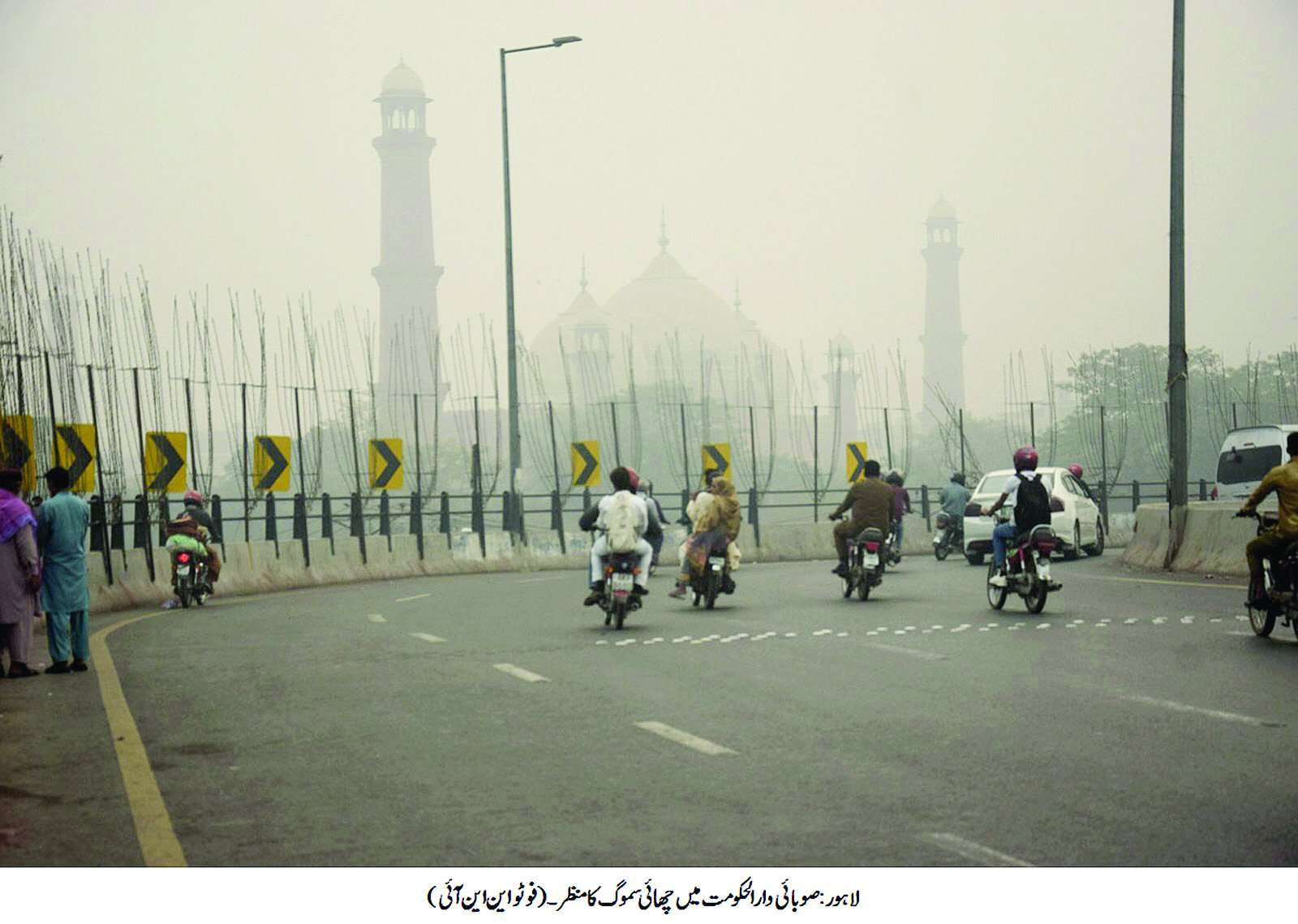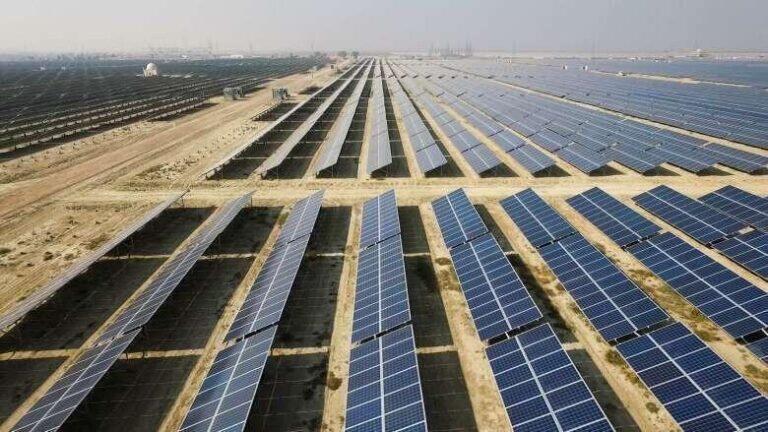
|
Getting your Trinity Audio player ready...
|
Lahore, one of the world’s most polluted cities since 2017, is in dire need of environment-friendly solutions. Experts emphasize the importance of stringent regulations and policies for industries, commercial activities, and both public and private transportation to mitigate pollution levels.
Current Air Quality Scenario
Lahore’s Persistent Pollution Problem
Lahore has been ranked among the world’s top 10 most polluted cities since 2017. The Air Quality Report 2023 by IQ Air listed Lahore as the fifth most polluted city with a score of 99.4. The situation has worsened in 2024, compelling the Punjab government to consider reducing or halting business activities, which could negatively impact various sectors.
Seasonal vs. Year-Round Pollution
A common misconception is that Lahore’s air quality deteriorates only during the winter months (November to February) due to smog. However, analysis of AQI data reveals that Lahore’s air quality remained “very unhealthy” from June to August and “hazardous” for the rest of the year.
Major Contributors to Air Pollution
Population Growth and Urbanization
The Punjab State of Environment Report 2023 identifies rapid population growth, urbanization, industrial expansion, and economic development as key contributors to air pollution.
Inadequate Regulatory Policies
The report also highlights inadequate regulatory policies, road dust, and vehicles with weak emissions control as significant factors. In 2023, Lahore experienced “moderate” to “hazardous” air quality for approximately 80% of the year.
Industrial Emissions
Inspections of stack emissions at various industries revealed poor to very poor ratings, except for sugar factories. This indicates a pressing need for stricter industrial regulations and monitoring.
Existing Policies and Regulations
National and Provincial Policies
Several policies have been developed to address air pollution, including the National Climate Change Policy 2021, Policy on Controlling Smog 2017, Punjab Clean Air Policy 2023, and National Clean Air Policy 2023. Despite these policies, effective implementation and enforcement remain critical challenges.
Urbanization Management
Experts suggest that managing the pace of urbanization is crucial. By allocating resources judiciously, especially in education and health, the province can rationalize migration and mitigate pollution.
Solutions to Combat Air Pollution
Industrial and Residential Expansion
To ensure clean air, the expansion of industrial and residential areas should be monitored and controlled, preventing health hazards from unchecked development.
Emissions Standards
As per the 2017 Punjab policy on controlling smog, all vehicles should meet Euro-2 standards. However, commercial vehicles running on diesel emit higher levels of harmful pollutants. Encouraging the use of electric vehicles, particularly buses, requires strong local government intervention.
Contaminated Oil
The use of smuggled oil, which is highly contaminated and has higher carbon emissions, exacerbates the pollution problem. Addressing this issue is essential for improving air quality.
Infrastructure Development and Tree Coverage
While Lahore’s road network and connectivity have improved, infrastructure development has reduced tree coverage, contributing to poor air quality. Initiatives like the Miyawaki Urban Forest and the Billion Tree Tsunami are crucial to counteract this loss.
Stubble Burning in Agriculture
Stubble burning remains a critical issue in agriculture. Lack of knowledge, tools, and resources forces farmers to burn stubble, which they perceive as cost-effective. In 2019, the government announced penalties for stubble burning, but enforcement has been weak. Government intervention is necessary to educate farmers and provide financial support for alternative methods.
Government Initiatives and Enforcement
Tree Plantation Drives
The Miyawaki Urban Forest in Lahore and the Billion Tree Tsunami projects are essential for increasing green cover and improving air quality. These initiatives need to be expanded and supported.
Financial Support for Farmers
Farmers require financial assistance to adopt environment-friendly methods for treating crop residue. Education and incentives can help reduce stubble burning and its impact on air quality.
Conclusion
The prosperity of Lahore’s economy and the health of its citizens depend on effective air quality control measures. Implementing and enforcing stringent regulations, promoting electric vehicles, supporting tree plantation drives, and educating farmers are vital steps towards achieving cleaner air. Collaboration between the government, industries, and the public is essential for creating a sustainable and healthy environment in Lahore.
FAQs
1. What are the main causes of air pollution in Lahore?
The main causes of air pollution in Lahore include population growth, urbanization, industrial expansion, inadequate regulatory policies, road dust, and vehicles with weak emissions control.
2. How does air pollution affect health?
Air pollution can cause respiratory problems, cardiovascular diseases, and other health issues. Prolonged exposure to polluted air increases the risk of chronic illnesses and reduces life expectancy.
3. What policies exist to control air pollution in Lahore?
Policies to control air pollution in Lahore include the National Climate Change Policy 2021, Policy on Controlling Smog 2017, Punjab Clean Air Policy 2023, and National Clean Air Policy 2023.
4. How can industrial emissions be reduced?
Industrial emissions can be reduced by implementing stricter regulations, conducting regular inspections, and encouraging industries to adopt cleaner technologies and practices.
5. What role can the public play in improving air quality?
The public can contribute to improving air quality by reducing vehicle use, supporting tree plantation drives, using public transportation, and advocating for stricter environmental regulations.
SEE ALSO:
https://skipper.pk/2024/11/16/government-seeks-hefty-cut-in-dap-prices-to-provide-relief-to-farmers/






